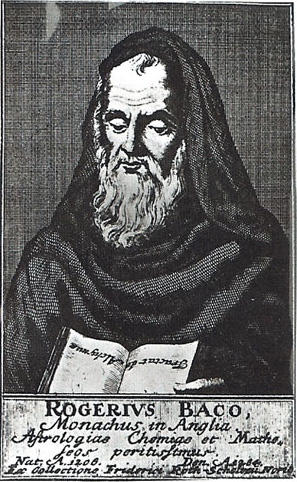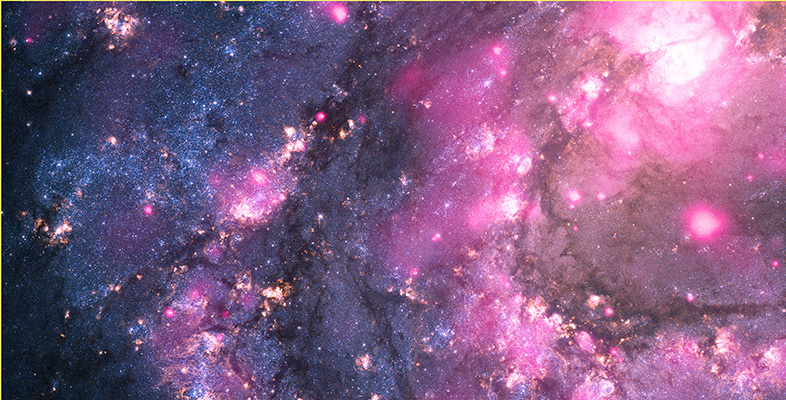2 World-views
2.1 The lawful Universe
2.1.1 Science and regularity
'Our experience shows that only a small part of the physical Universe needs to be studied in order to elucidate its underlying themes and patterns of behaviour. At root this is what it means for there to exist laws of Nature, and it is why they are invaluable to us. They may allow an understanding of the whole Universe to be built up from the study of small selected parts of it.”
John D. Barrow (1988), The World Within the World, Oxford.
Science, it is widely agreed, originated from two main sources. One was the need to develop practical knowledge and to pass it from generation to generation. The other was a more spiritual concern with the nature and origin of the world. Common to both of these well-springs of science was an appreciation of the regularity of Nature. The way to build an arch that would not fall down today was to build it in much the same way as an arch that had not fallen down yesterday. The way to predict the waxing and waning of the Moon this month was to assume that it would follow much the same course as the waxing and waning that had been observed last month and the month before.
The observation of regularity in Nature allows predictions to be made concerning the future course of particular events. In many primitive societies these regularities were ascribed to the activities of gods or other mystical spirits. However, gradually, over a long period of time, there emerged the notion that the behaviour of the world was guided by a set of natural laws that were themselves regular, in the sense that identical situations could be expected to have identical outcomes.
One of the first scientists to make frequent use of the concept of a law of Nature, in the sense that we now use that term, was the Franciscan friar and scholar Roger Bacon (c. 1214-1292). Bacon is traditionally credited with the invention of the magnifying glass, but he is best remembered as an effective advocate of the scientific method and a follower of the maxim 'Cease to be ruled by dogmas and authorities; look at the world!' He lived at a time when the commonly accepted view of the world was fundamentally religious, and the Catholic church to which he belonged was coming to embrace the authority of the ancient Greek philosopher Aristotle on matters pertaining to physics and astronomy. Bacon's independence of mind brought him into conflict with the church, and he suffered fifteen years of imprisonment for heresy. Nonetheless, he helped to prepare the way for those who, irrespective of their own religious beliefs, insisted that the scientific investigation of Nature should be rooted in experiment and conducted on a purely rational basis, without reference to dogmatic authority.

Laws of Nature are now a central part of science. Carefully defined concepts, often expressed in mathematical terms, are related by natural laws which are themselves often expressed in a mathematical form. Just what those laws are is a central concern of physicists, who see their branch of science as the one most directly concerned with discovering and applying the fundamental laws of Nature. Improvements in our knowledge of natural laws have repeatedly led to a broadening and a deepening of our understanding of the physical world and hence to a change in the scientific world-view. However, the fundamental requirement that the laws should be rational and rooted in experiment has survived all changes to the detailed content of those laws.
